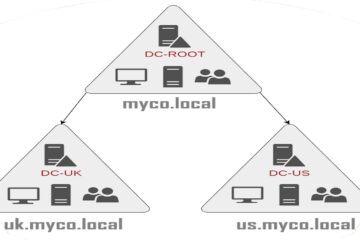NPD recently published its annual Mobile Gaming report, and it makes an intriguing read. While so many segments of the leisure industry are struggling to survive in these economic times, the mobile gaming sector reported a seven percent increase in revenue. This was despite a slight drop off in the number of gamers, following the 2020 “lockdown spike” when there were so few alternative options.
Almost two thirds of Canadians played mobile games during 2021, generating $2.15 billion in revenue. This year, that figure is expected to hit $2.5 billion, and industry experts predict that mobile gaming will be worth more than $3.5 billion in 2027. So just what games are being played and how do they generate so much revenue when the vast majority are free to download and play?
Puzzle Games Rule The Roost
Data from Statista showed that puzzle games are the top revenue generators. These include massive hit titles like Candy Crush Saga, and mobile versions of classic games such as Sudoku and Scrabble. They appeal to all ages, and especially to the vitally important demographic that is women aged 25-35. Study after study has shown that not only are they more likely to play mobile games than any other segment, they are also more likely to spend money on their pastime.
Casinos Continue To Flourish
There has been plenty of media chatter about mobile casino gaming in Canada over recent months, with Ontario and Nova Scotia both introducing their own regulated online casino platforms this year. But Canadian mobile casinos have actually been around much longer, and an estimated 19.3 Canadians are registered with at least one online gambling provider. Evolving mobile technology means there is more to mobile casinos than slot games and RNG-generated mock ups of cards and roulette wheels. Live streams featuring real dealers in a studio are the latest mobile casino craze for the most authentic experience.

Generating Revenue
The most common type of revenue generation for mobile games is through in-app purchases. Games are completely free to play, and players can choose to purchase power-ups, skins, in-game coins and so on to improve the playing experience and to make better progress. There is quite an art to marketing here, and it’s something that Zynga mastered expertly when Farmville hype was at its peak. A vital statistic to note here is that 50 percent of in-app spending comes from 0.15 percent of players. That’s worth thinking about for a moment. We think that whales are only found in casinos, but in fact, there are huge ones swimming the mobile gaming waters.
Freemium games follow a similar principle. The difference is that here, paying money provides access to something new, for example game modes or levels that are not available in the free version.
Advertising is also a strong revenue generator. With ads, games get two bites at the cherry, giving players the option to pay a premium for an ad-free experience.
Finally, there are the “traditional” games that you purchase to download. These are typically big-name titles like Football Manager, Minecraft and Monopoly.



1 Comment
TOPCad · September 14, 2022 at 1:42 am
I slightly disagree with this publication because it does not take into account the percentage of people who have a mobile app and those who use the mobile version of the browser